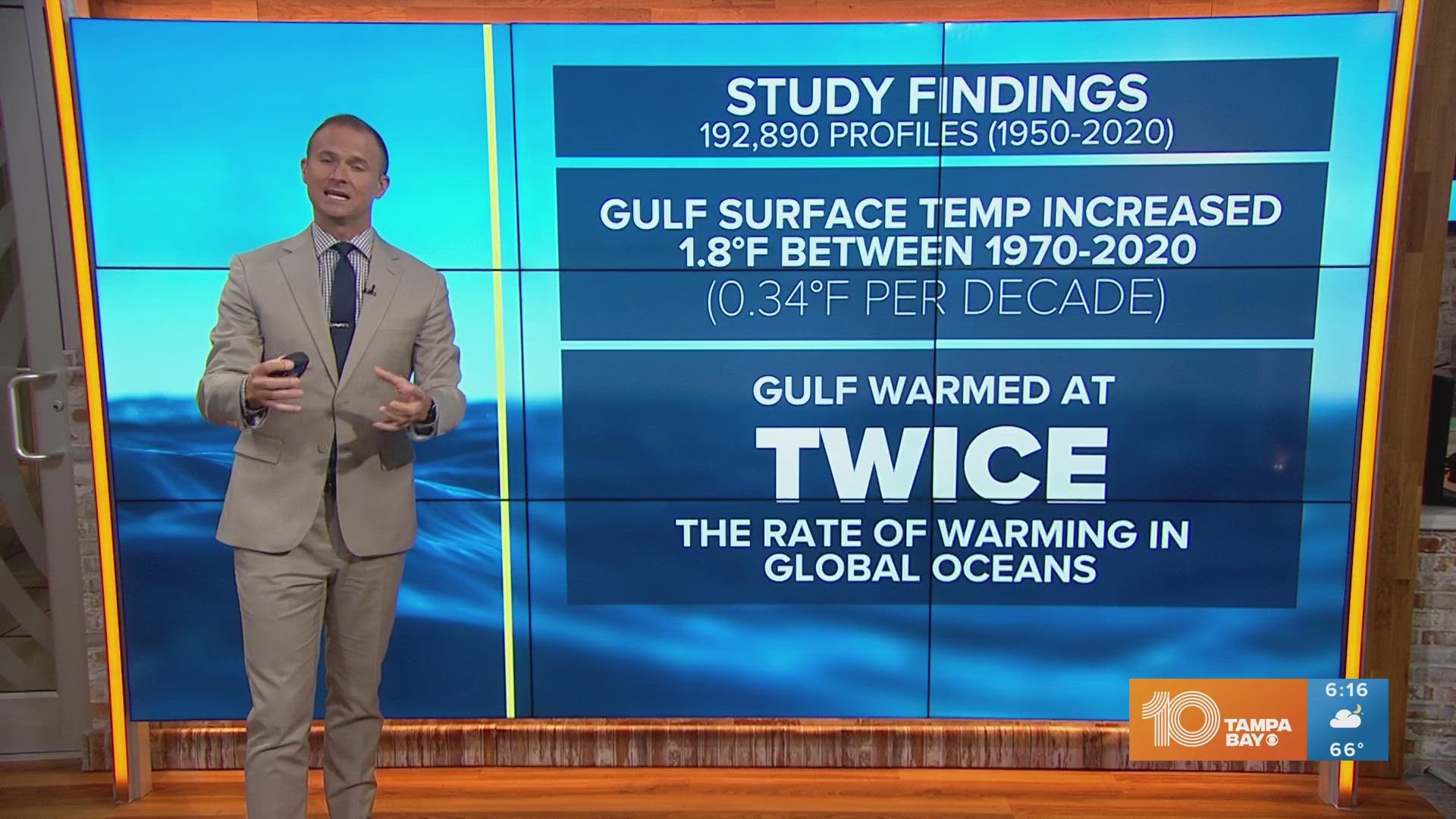ST. PETERSBURG, Fla. — A warmer Gulf of Mexico might sound nice, especially during the cooler months of the year, but warmer Gulf temperatures come with a whole host of concerns, including stronger hurricanes.
Every summer, the temperature of the Gulf of Mexico warms up — which ultimately leads to the fuel for potential tropical systems to use to strengthen just off our coast. More fuel = stronger storms.
A new study published in the American Meteorological Society's Journal of Climate analyzed the warming trend in the Gulf of Mexico over the past 50 years.
The study, which was a joint effort between the scientists at the National Centers for Environmental Information (NCEI) and the Northern Gulf Institute (NGI), focused on the ocean heat content in the Gulf of Mexico and compared it to the global ocean between 1970-2020.

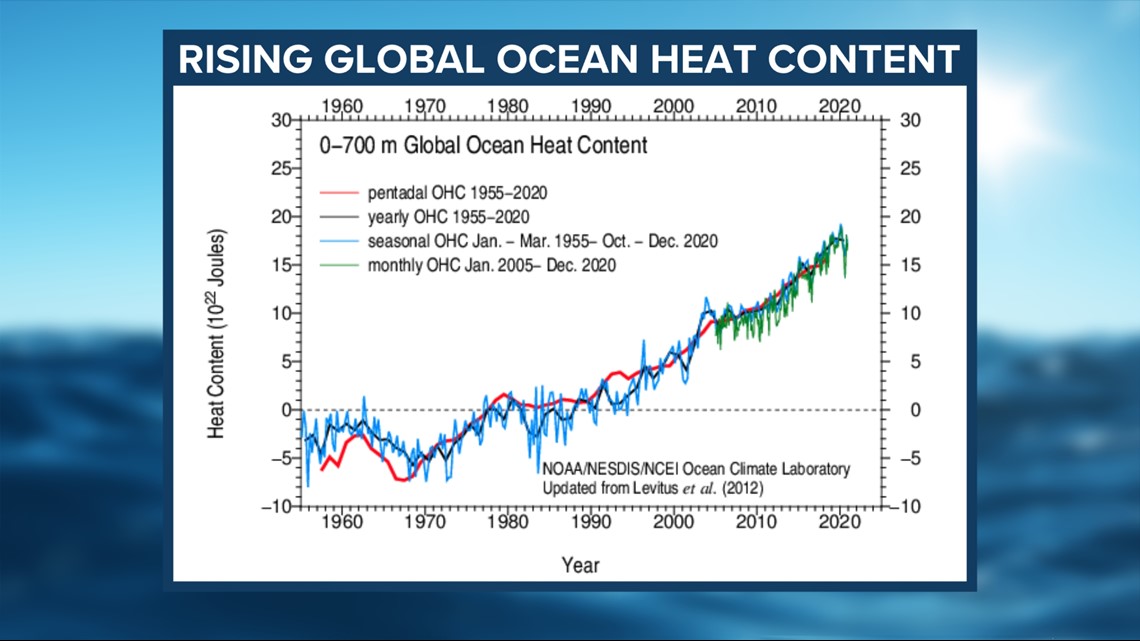
The term "Ocean Heat Content" is basically the total amount of heat energy stored by oceans. The Gulf of Mexico, along with other oceans, plays a critical role in Earth's climate system by absorbing and storing heat and then gradually releasing it back into the atmosphere. The top few yards of the global ocean store as much heat as Earth’s entire atmosphere.

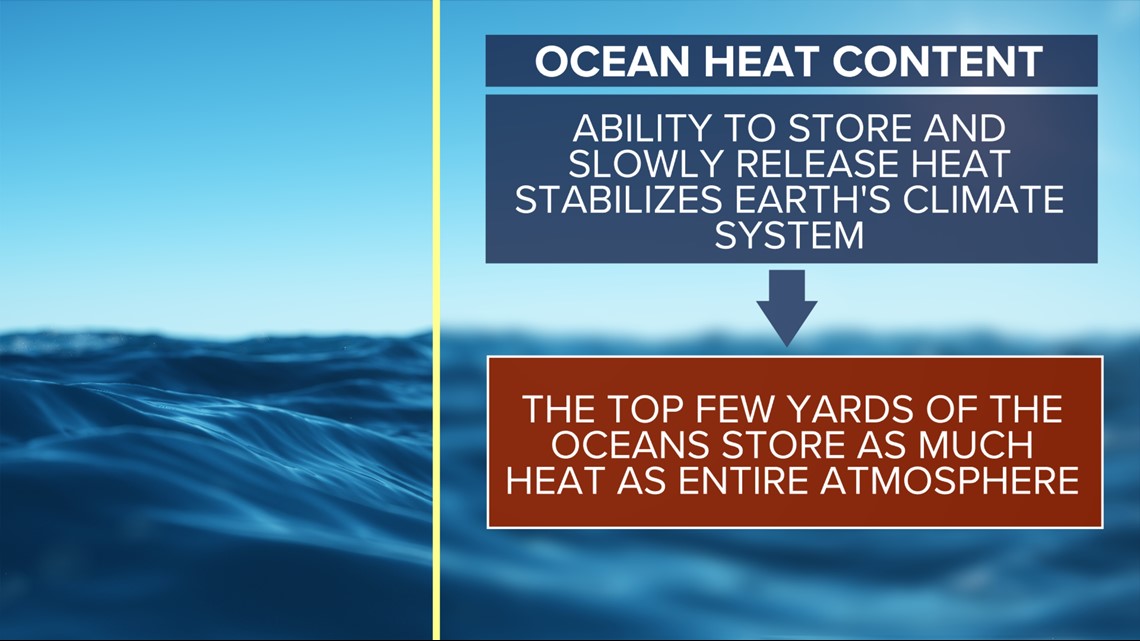
To estimate the ocean heat content, scientists analyzed 192,890 temperature profiles collected in the Gulf of Mexico from 1950-2020. Instruments used to collect these profiles included, gliders, Argo floats and CTDs (Conductivity-Temperature-Depth) which all provide an instantaneous glance at the condition of the ocean at different depths
After analyzing this data scientists found that the Gulf of Mexico's sea surface temperature (SST) increased by approximately 1.8°F over the 50-year period that was studied. This is equal to a warming rate of about 0.34°F per decade. This rate of warming in the Gulf of Mexico was twice the rate of warming in the global ocean near the sea surface. While the data showed that warming occurred at all depths, the largest warming rate was found in the upper 50 meters (164 feet).

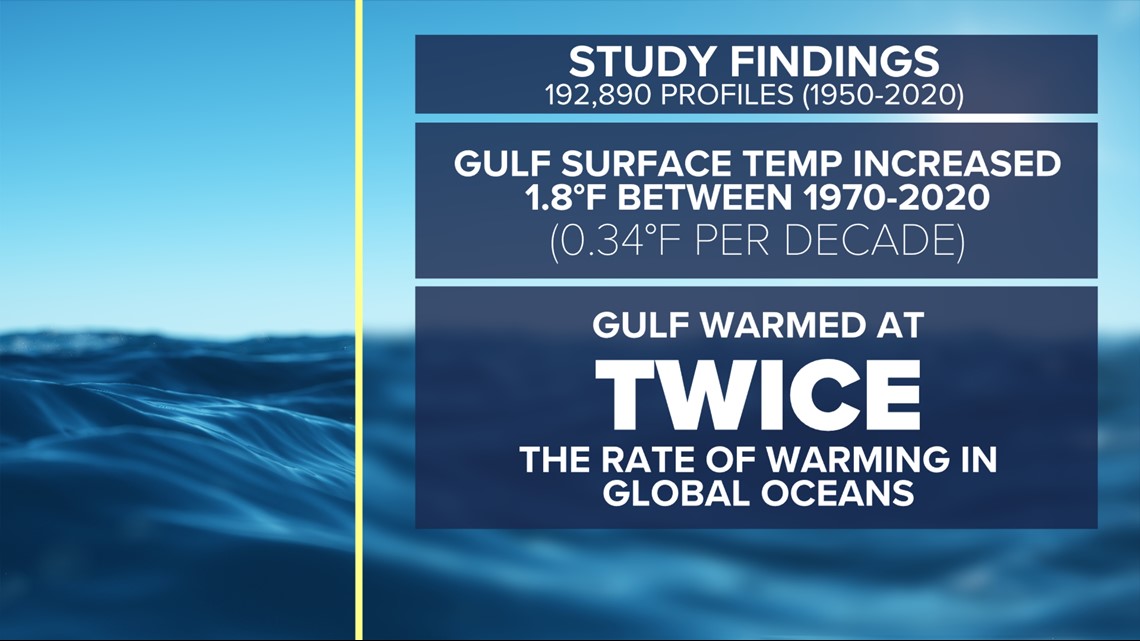
The National Oceanic and Atmospheric Administration (NOAA) says that understanding how this major climate driver affects the Gulf of Mexico is necessary for effective management. The Gulf of Mexico is a critical economic resource for all the countries surrounding it as well as a vital ecosystem for several important marine species.
Being aware of and understanding how the characteristics are changing in the Gulf is crucial to its long-term ecological and economic health.

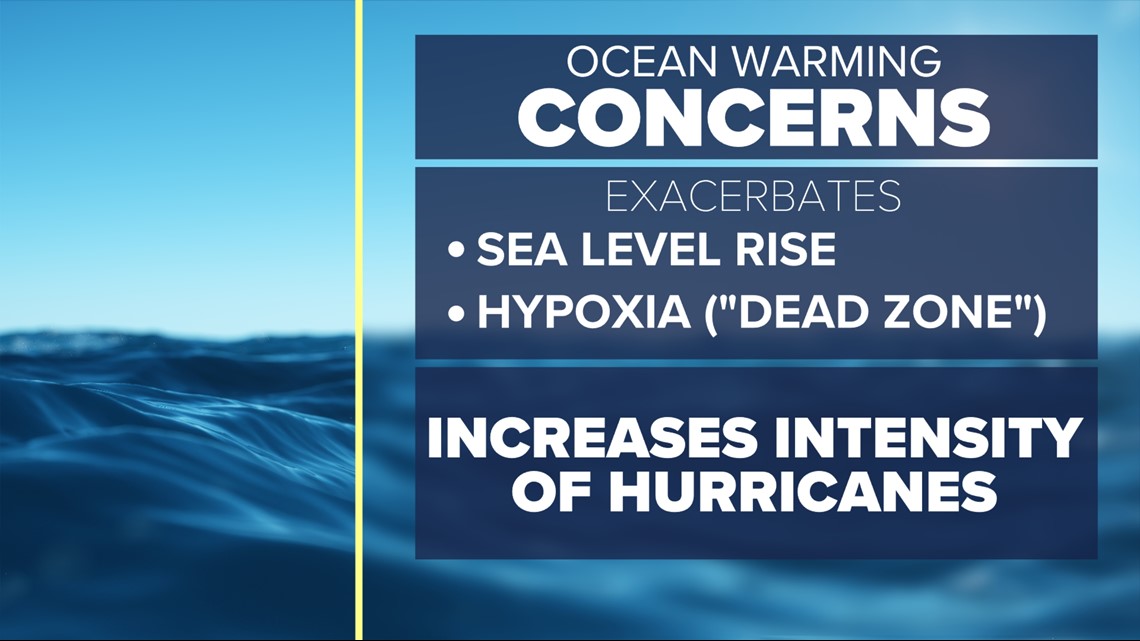
The concern with warming in the Gulf of Mexico as well as oceans around the world is that it can exacerbate threats to the ecosystems in the Gulf. From sea level rise, hypoxia or the "dead zone" to increasing the intensity of hurricanes all of these threats could impact not just the coast but communities well inland.

